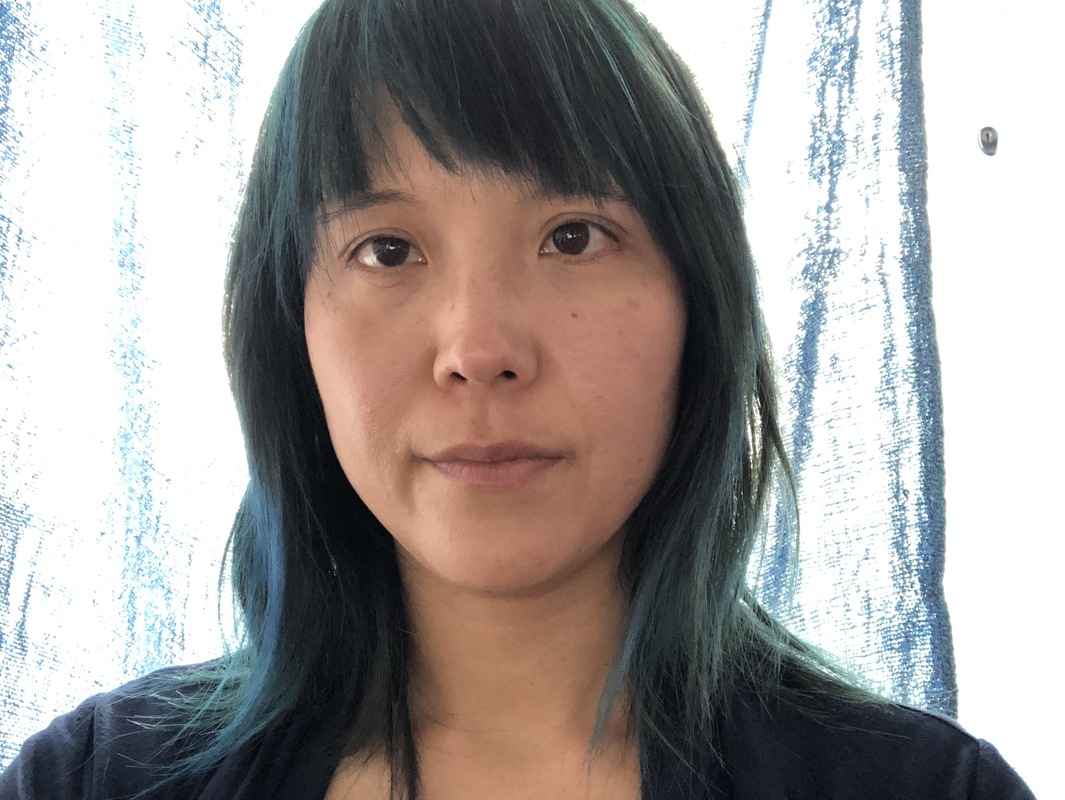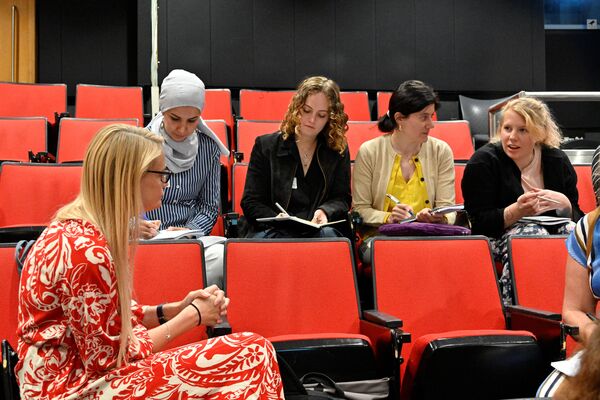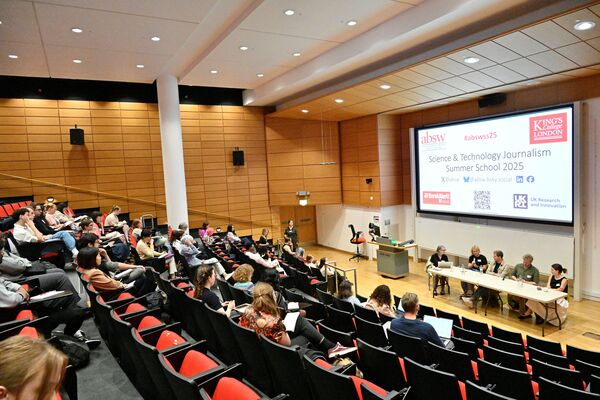
Six months on, solutions journalism mentoring is tackling Covid recovery in varied ways
Christine Ro is one of ten experienced solutions journalists who are mentoring journalists at local news publications, organised by the ABSW as part of the COJO Against COVID project. Here she tells us about her experience on the project so far.
COJO Against COVID: Academics and Journalists Working Together for Pandemic Recovery is an ambitious project aiming to embed solutions/constructive journalism in the UK local news. The scheme brings together representatives of academia at Bournemouth University, science journalism via the ABSW, solutions journalism through the Solutions Journalism Network and regional media at Newsquest. It pairs journalists who have experience of solutions journalism with local reporters who may be very experienced, but not necessarily in solutions journalism.
The first six months of the COJO Against COVID scheme have been full of education: for the organisers, for the mentees, for the news audiences, but also but for the mentors. It might be a cliché, but I’ve learned as much from my mentees as they’ve learned from me. I’ve never held a local news role, so it was useful to gain from my mentees Felicity Macnamara and Ryan Morwood a sense of the constraints but also the rewards of their fast-paced, locally embedded staff reporting. Having to take days off their usual reporting to cover for colleagues on the sports or news desks, needing to devote a morning to observing an inquest, or being expected to publish 200 stories a month can make it daunting to produce the fleshed-out reporting that the solutions journalism framework typically entails.
On the other hand, the mostly local reporters participating in COJO Against COVID might have the option of filing longer online versions of their stories that appear in print – a possibility rarely open to freelancers. They also know their communities inside and out, making follow-ups more feasible. And their prolific output provides the opportunity to examine an issue from multiple angles across multiple stories, rather than feeling pressured to make a single article comprehensive.
Pressures and possibilities
This balance of pressures and possibilities was common to the mentees. Many of the mentors realised early on that the initial target of two articles per month was unrealistic in light of the mentees’ demanding schedules. Throughout the project, time has been the main obstacle.
The mentees have been resourceful in responding to this challenge. Laura Nolan’s editor allowed her some time away from other stories to focus on solutions reporting. This led to an upbeat story on how residents of Darlington and the surrounding area were using social media to recover stolen dogs. Similarly, I appreciated Kirsteen Paterson’s practical article showcasing how social media sleuths in Glasgow have banded together to ensure that vaccine letters reach their intended destinations.
Of my own mentees, Felicity would sometimes devote an evening to working on a COJO Against COVID story. This allowed her to visit a mental health support group in Bradford run entirely by volunteers, which led to this vivid profile.
Ryan fell into a rhythm of carving out 30 or 45 minutes at the end of the workday to work on his in-progress solutions stories. This enabled steady progress on evergreen stories: one follow-up email here, one interview arranged there. Ryan’s system allowed him to pursue environmental stories over the course of several months, including this wide-ranging exploration of the link between rewilding and Cornwall Council’s climate targets. Ryan has broadened the scope of the COJO Against COVID project by turning from COVID to an even larger set of crises: climate change and biodiversity loss. One example is this useful discussion of responses to eco-anxiety among children in Cornwall.
Of course, these time-crunch strategies aren’t available to everyone, and aren’t sustainable in the long term. Not all reporters work well in half-hour spurts, or have editors willing to allot adequate time, free from other work, to pursue a single story. And no one should have to log extra hours.
Ultimately, the time commitment meant that not everyone could continue participating. I started the project with three mentees, one of whom dropped out after a few months. There was attrition across the project, whether due to insufficient time or the rapid turnover in the media industry.
Adaptation, challenge and inspiration
The training offered during the project was useful, but particularly so when they were tailored to the kinds of time and productivity pressures that the mentees were experiencing. For instance, it’s pragmatic for many local journalists to focus on shorter articles that can be reported relatively quickly. Yet even a story that doesn’t contain all of the traditional elements of a solutions journalism story can benefit from a solutions framing, as Felicity has noted. For instance, even if time doesn’t allow for a careful exploration of how a single initiative might scale up more widely, an article can usefully document the lessons and challenges faced initially. Her story on how a disused Bradford nightclub has been repurposed as a church could inspire similar projects elsewhere.
Despite the challenges, COJO Against COVID has produced some excellent journalism. I still tell people about Elisabeth Mahase’s BMJ article profiling one East London GP’s project to reduce vaccine hesitancy locally, by phoning up each of her patients who hasn’t yet been vaccinated in order to talk through their concerns. This has led to vaccination rates 10% higher than in the larger borough. Of course it’s not practical for every GP to do this, but it’s useful to have examples of even small-scale efforts to build vaccine confidence.
On the other side of the city, Monica Charsley reported on how pedestrianisation in Southwest London has helped small businesses recover from the shocks of the pandemic. She didn’t shy away from the controversies, given how contentious the topic of traffic closures has been. The outcome was a variety of voices and examples in her story. Similarly, an article by Robbie Bryson explores how cycle lanes have boosted active mobility in Colchester.
Overall, the COJO Against COVID project has been full of adaptation, challenge and inspiration – much like the experience of living through the pandemic itself.
Christine Ro is a London-based journalist who has written about science for publications including The Atlantic, Ars Technica, Nature and the BBC. Previously she worked in international development.










